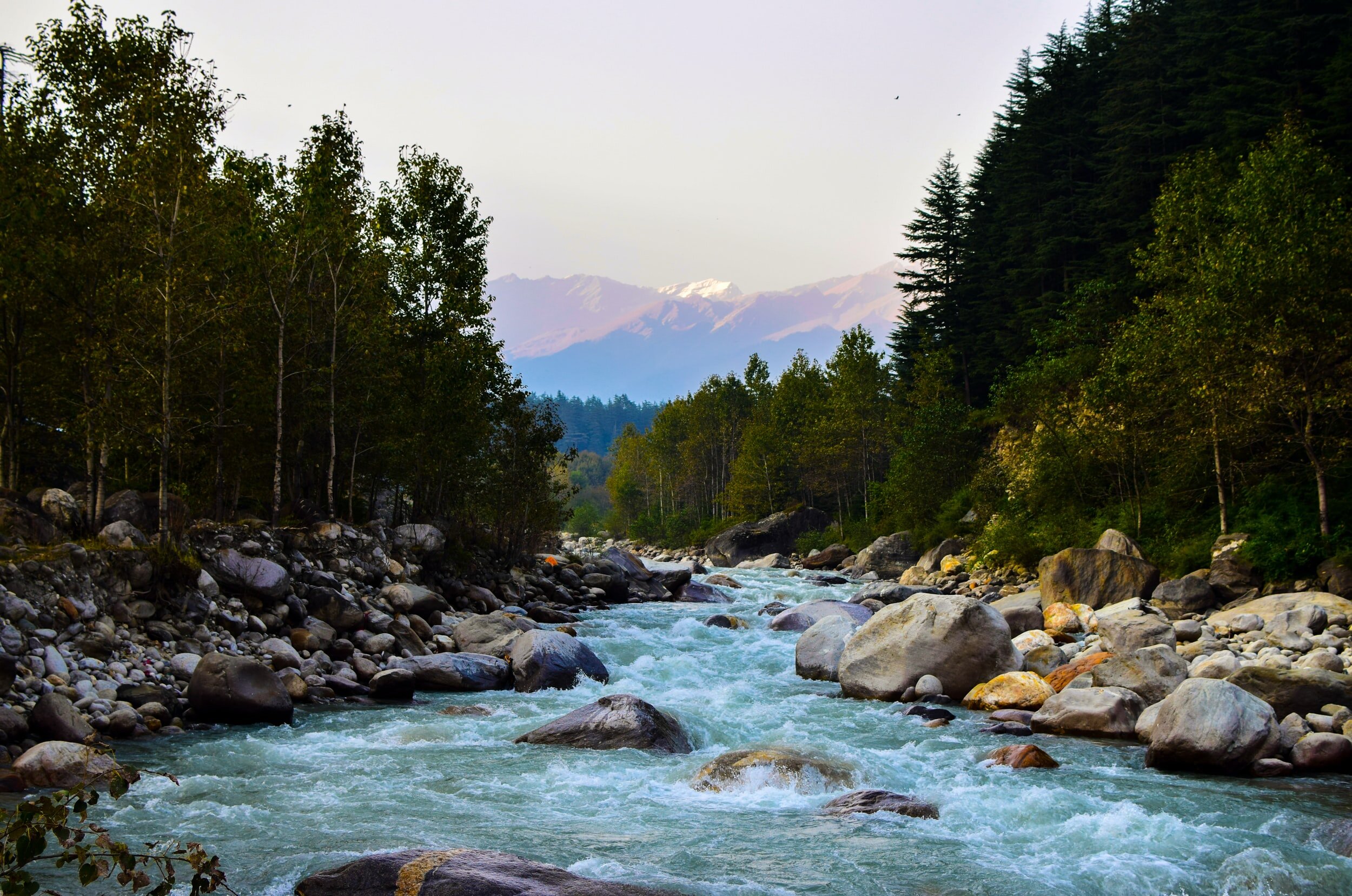Some Fun Facts About Streams
Streams provide habitats for many types of plants and animals. These species rely on running water and the naturally occurring dynamics of the stream to thrive. Within the streams are various microenvironments, a specific location within a habitat that typically differs in environmental conditions from other parts of the habitat, that provide for a broad diversity of life. These streams are important to protect and keep clean to maintain healthy native species.
There are several different microenvironments that are largely influenced by the substrate material found within the stream. Common substrates include fine clay, sand, gravel, and boulders. Many species have evolved to exist in a very specific microenvironment.
The bottom of the sand and silt supports our insects and small fish, while the gravel and boulders are mainly filled with salmon or big fish and provide a habitat for spawning. Interestingly, the boulder substrate also provides an environment for freshwater to infiltrate and recharge groundwater, which is critical to allow these organisms to survive in the environment they’re adapted to.
Vegetation also alters a microenvironment of a species. Aquatic and land-based vegetation varies tremendously in the streams ecosystem. Plant biodiversity is encouraged through various soil substrates, depth of the soil, and bed structure. These factors provide a broad range of habitats for different species and stages of life.
A very important type of species in our streams is Aquatic Invertebrates. Aquatic invertebrates are animals without a backbone, such as worms, snails, and insects. The bodies of many invertebrates are supported by external “skeletons” much like body armor. They are essential in the aquatic food chain, consuming nutrients from plants and algae and later ingested by larger consumers such as birds, mammals, reptiles, fish and so on.
Importantly for us, Invertebrates can tell us about water quality; they are sensitive to changes in sediment load, pollutants, and pH. If their numbers decline, it could mean something’s wrong and requires our attention.
Invertebrates are Indicator Species, meaning that they should be present in balanced proportions in healthy waterways. We can analyze these species to determine the overall health of a stream. Pretty neat! Science uses these species to gain information about the water quality and ecosystem vitality of our waterways.
Every individual stream that we see all connect at a high point, whether it's at a mountain top or a hill, and leads to a larger watershed. By maintaining the health of a stream we are benefiting our supply of clean drinking water, recreation, agriculture, and industries. As streams go from a steep elevation such as a mountain top and down to a flat surface it picks up mineral deposits and silt to provide habitats for aquatic species. Not only that, but rainwater and runoff pick up harmful chemicals prior to flooding protecting downstream organisms.
The velocity of a stream indicates what kind of species you'll find in a stream; some need fast-flowing environments while others like snails need slow-flowing or still waters. This also determines how much silt and sediment you'll find and how fast it settles to the bottom. Fast-moving streams suspend sediment for a much longer period compared to slow streams; thus, having higher levels of dissolved oxygen.
Not only can you assess the health of a stream by the number of invertebrates but also by testing the water quality by running a turbidity and pH test by testing the cloudiness of the water and keeping its pH level between 6.5-8.5. This is what we do here in Tully Consulting Group; whenever your team works near a stream it’s important to test water quality going through your job site and in the stream itself. The majority of runoff flowing on and near sites go into rivers and streams without being filtered and polluting our waterways removing species and vegetation that actually help to maintain the health of a stream.
When water flows off of our streets, parking lots, and building rooftops, it picks up all kinds of pollutants like pet waste, sediment, fertilizers, pesticides, oil, and automotive fluids and eventually stormwater or runoff makes its way through gutters and storm drains to the nearest stream. Which is why it's important to:
Repair automobile leaks
Reduce fertilizers, pesticides, and chemical herbicides use
Plant native plants
Cleaning up after yourself and pets
And minimizing water use
This article was originally written by Paulina, who is an Intern at Tully Consulting Group studying Environmental Science at Sacramento State University. She is interested in water quality and the environment. We asked her to put together an article with some Stream Fun Facts!
Stay tuned for her next article where she will present a Stormwater Activity that you can do at home to teach your kids about Stormwater Pollution. Great job, Paulina!

